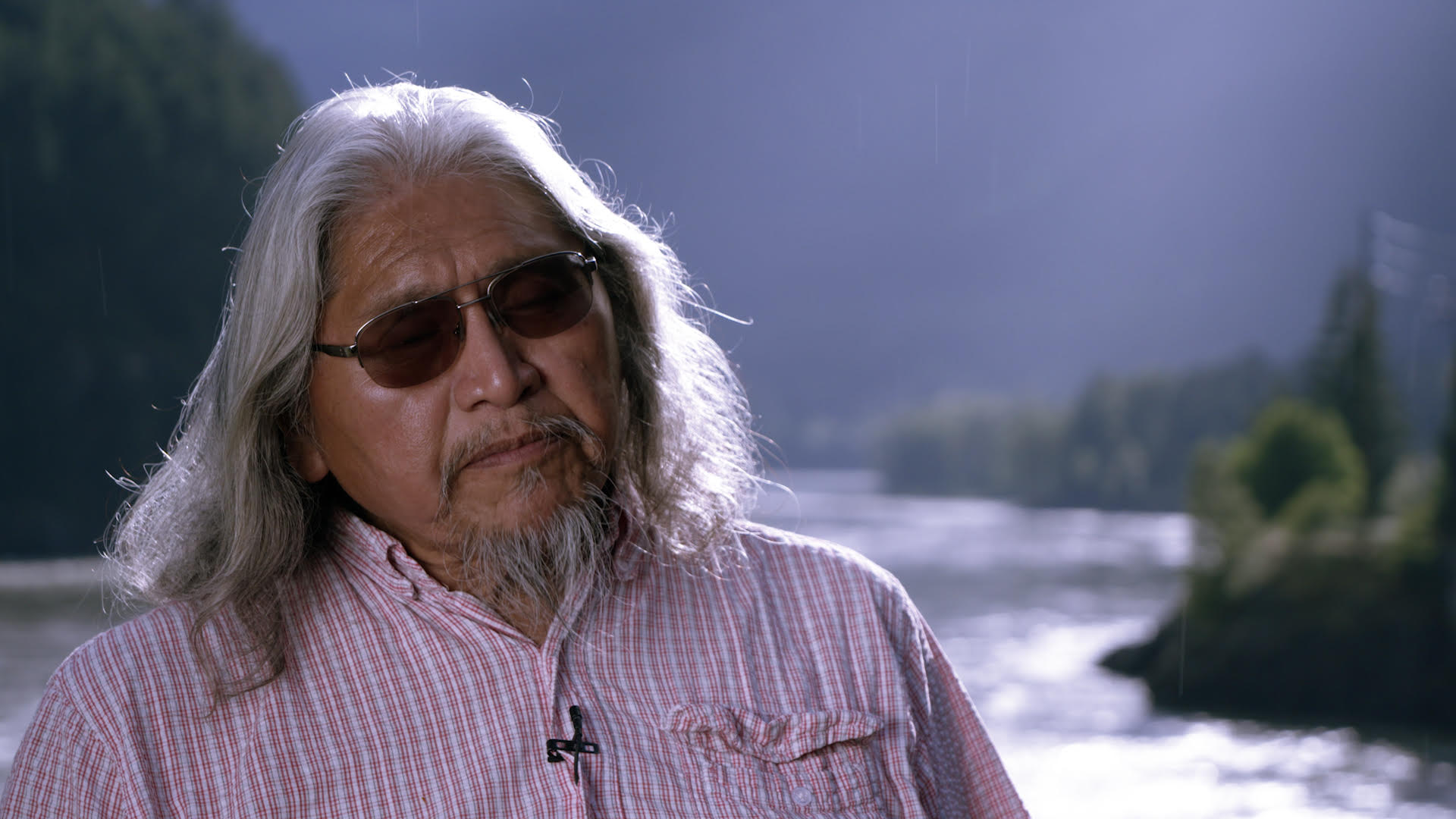
Naxaxalhts’i aka Albert Sonny McHalsie
Naxaxalhts’i, also known as Albert Sonny McHalsie is the Historian/Cultural Advisor for the Stó:lō Research and Resource Management Centre as well as the Narrator/Guide for Bad Rock Tours owned by the SRRMC and affiliated with Stó:lō Tourism. Naxaxalhts’I has worked for the Stó:lō for over 33 years and received an Honorary Doctorate of Laws from the University of Victoria in 2011. He was involved with various documentaries for the APTN, CBC and Omni. He has also been involved as an author and co-author in a number of books published by the Stó:lō since 1997.
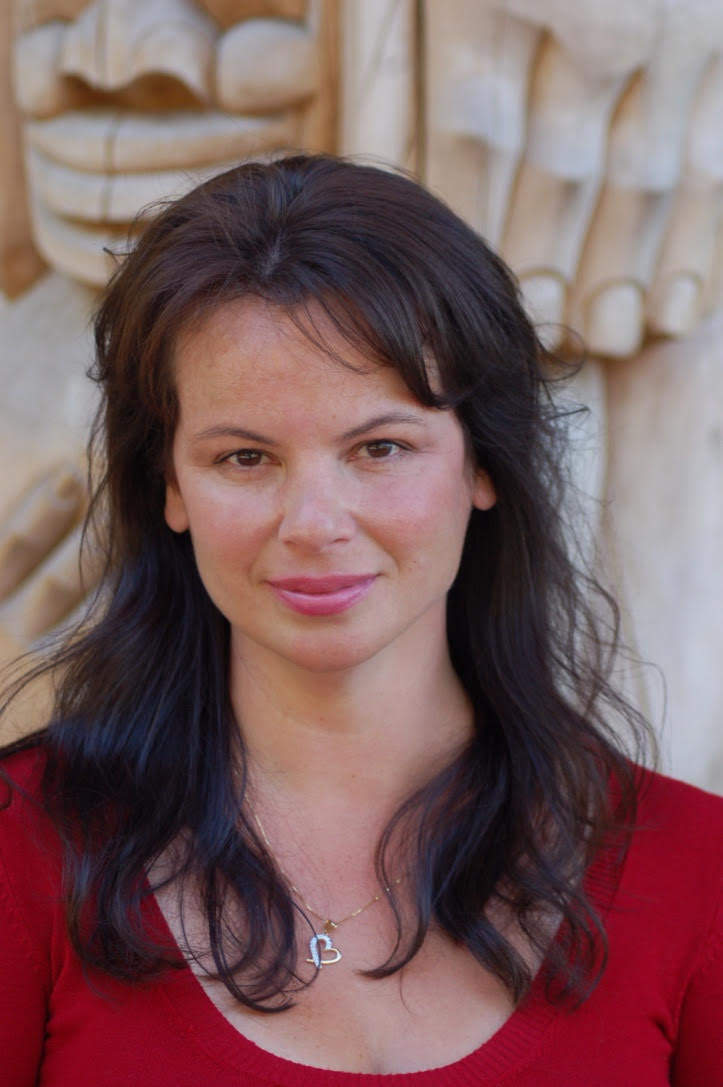
TA LIAIS Trena Lynn Sutton
TA LIAIS Trena Lynn Sutton is a Coast Salish teacher from T’Sou-ke Nation. Trena received her teaching degree from The University of Victoria with a concentration in Science. Trena returned to UVic and received a Master’s degree in Indigenous Language Revitalization. As her Project, she created the website, beingtsouke.com. On this website, Trena shares her affinity for being part of a canoe family and her culture. Trena also worked as an Indigenous Community Supervisor, through Indigenous Governance Graduate Studies at UVic. Trena lived abroad in Japan teaching and modelling. Trena’s thoughts on travelling are: ‘SW’K’ALECEN IYES T’ALE’, (I think it makes my heart happy). Trena recently travelled with her Siaosun T’Sou-ke family and toured as a dancer with a European dance company. They performed in Hungary, Germany, and the Czech Republic. In this twentieth year of her teaching career, Trena is more passionate than ever in creating ways of learning and revitalizing her T’Sou-ke language and bringing Indigenous language learning programs into all schools.

Percy Paul
Percy Paul grew up in Patuanak and studied mathematics and physics is several universities. During his studies, he found another talent of long distance running for which he won a gold medal at the North American Indigenous Games. He is a research assistant at the Perimeter Institute for Theoretical Physics. Percy hopes that more young people will understand the joy of seeking answers, and apply their energy to seeking solutions for a better world.

Evan Tlesla II Adams
Evan Tlesla II Adams is a Coast Salish actor & physician from the Tla’amin First Nation near Powell River, BC, Canada. Evan stars as Thomas Builds-The-Fire in Miramax’s SMOKE SIGNALS, written by Sherman Alexie & directed by Chris Eyre. He also won Best Actor awards from the American Indian Film Festival, & from First Americans in the Arts, & a 1999 Independent Spirit Award for ‘Best Debut Performance’. He won a 2011 Gemini Award for co-hosting the National Aboriginal Achievement Awards along with Adam Beach. Aside from his career in the arts, Evan has completed a Medical Doctorate from the University of Calgary in 2002, & a residency in the Aboriginal Family Practice program at St. Paul's Hospital in Vancouver, BC. Dr. Adams has a Masters of Public Health (2009) from Johns Hopkins University in Baltimore, MD. He was the first-ever Aboriginal Health Physician Advisor in the Office of the Provincial Health Officer, BC Ministry of Health (2007-2012). He was the Deputy Provincial Health Officer for the province of BC from 2012 to 2014. He is currently the Chief Medical Officer of the First Nations Health Authority.
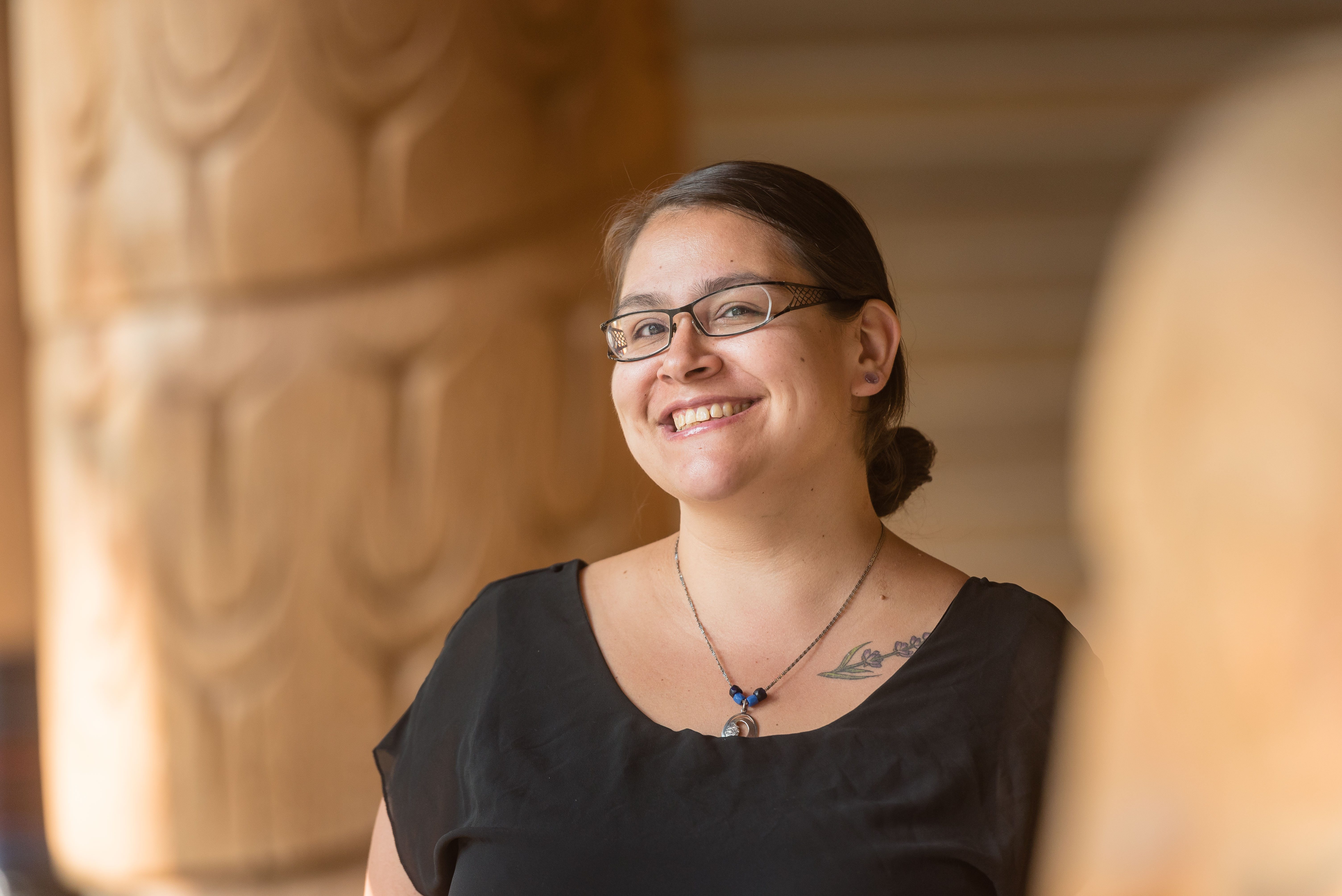
Karen Rose Thomas
Karen Rose Thomas is from the Tsleil-Waututh Nation in North Vancouver, with ties to Semiahmoo and Squamish Nations. She graduated with a BA Honours Archaeology, Minor Anthropology from Simon Fraser University in June 2017. She's currently enrolled in an MA Anthropology program at the University of British Columbia. Her research seeks to examine trade relationships and source materials of stone tools in the Burrard Inlet and Indian Arm regions using geochemical analysis. She sees archaeology as a direct, tangible means of exploring the intangible lifeways of the Ancestors, and takes great pride in doing archaeology on their behalf throughout these territories.
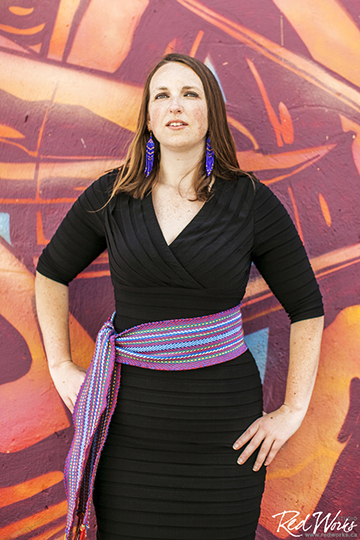
Elizabeth LaPensée
Elizabeth LaPensée, Ph.D. is an award-winning designer, writer, artist, and researcher who creates and studies Indigenous-led media such as games and comics. She is Anishinaabe from Baawaating with relations at Bay Mills Indian Community, Métis named for Elizabeth Morris, and settler-Irish. She is an Assistant Professor of Media & Information and Writing, Rhetoric & American Cultures at Michigan State University. She is a 2018 Guggenheim Fellow. Most recently, she designed and created art for Thunderbird Strike (2017), a lightning-searing side-scroller game which won Best Digital Media at imagineNATIVE Film + Media Arts Festival. She also designed and created art for Honour Water (2016), an Anishinaabe singing game for healing the water. Her work also includes analog games, such as The Gift of Food (2014), a board game about Northwest Native traditional foods. She is co-editor of the comic collections Deer Woman: An Anthology (2017) and Sovereign Traces Volume 1: Not (Just) (An)Other (2018) and editor of Sovereign Traces Volume 2: Relational Constellation (2019).
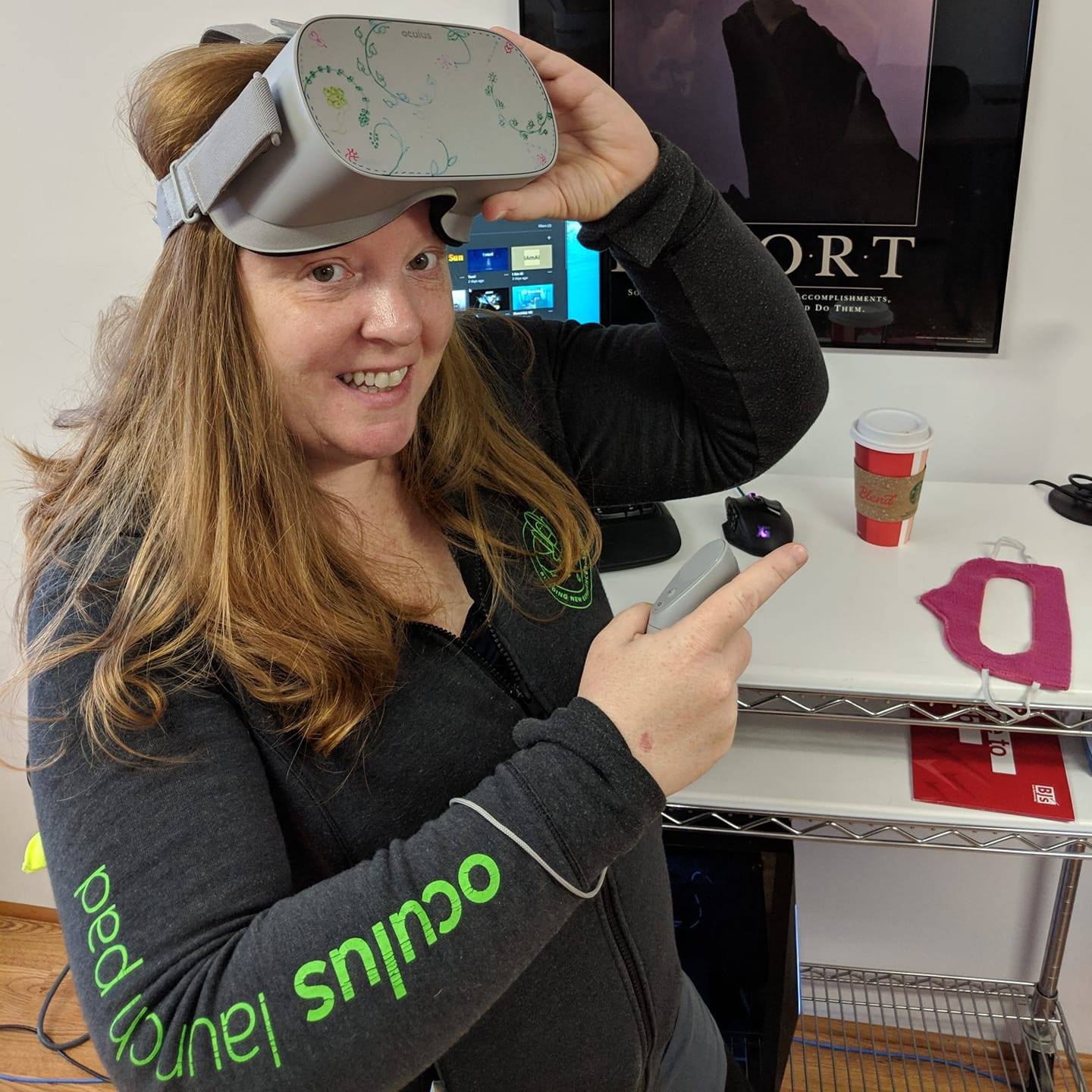
Monica Peters
Monica Peters is the founder of MoniGarr.com where she works as a VR producer with many remote tech teams all over the planet. Her office is located on the Akwesasne Indian Reservation (Ontario, Quebec & NY). Her most recent projects include an Iroquois Longhouse VR experience and a few Indigenous Futurism XR projects. Her older work was recognized by the Aboriginal Achievement Foundation with Onkwehonwehneha A.I. bots that translate endangered languagesfor any communication devices (phones, smartphones, computers, animatronics, talking toys and more). Her Mohawk translating chatbot earned a bronze medal in 2003 as ’Most Knowledgeable’ while competing against prestigious tech teams worldwide - including today’s Loebner prize winner.

Iikaiskini Leroy Little Bear
Iikaiskini Leroy Little Bear is a member of the Small Robes Band of the Blood Indian Tribe of the Blackfoot Confederacy. He was born and raised on the Blood Indian Reserve; attended and graduated from St. Mary's School on the Blood Indian Reserve. Leroy attended and graduated from the University of Lethbridge, Lethbridge, Alberta with a B.A. Degree in 1971 and attended and graduated from the College of Law, University of Utah, Salt Lake City, Utah with a Juris Doctor Degree in 1975. From 1975 to the end of 1996, Mr. Little Bear was a professor in the Native American Studies Dept. at the University of Lethbridge. In January of 1997, Mr. Little Bear retired from the University of Lethbridge. From January 1998 to June 1999, Mr. Little Bear was the Director of the Harvard University Native American Program.
Mr. Little Bear has served in a legal and consultant capacity to many Indian Tribes, and organizations including the Blood Tribe, Indian Association of Alberta, and the Assembly of First Nations of Canada. He has served on many different committees, commissions, and boards including the Task Force on the Criminal Justice and Its Impact on the Indian and Metis Peoples of Alberta in 1990-91.
Mr. Little Bear has authored many articles including "A concept of Native Title" which has been cited in a Canadian Supreme Court decision. He has co-authored books including "Pathways to Self-Determination", "Quest For Justice", and "Governments in Conflict" with Dr. Menno Boldt and Dr. Anthony Long.
In 2003, Mr. Little Bear was the recipient of a Canadian National Aboriginal Achievement Award in Education. In June of 2004, Mr. Little Bear was the recipient of an honorary doctorate degree in Arts and Science from the University of Lethbridge and the University of Northern British Columbia in 2016. Mr. Little Bear received the Alberta Order of Excellence in 2016, and most recently was made an Officer of the Order of Canada in 2018.
Mr. Little Bear, with his wife, Amethyst First Rider, were major movers of the historic Buffalo Treaty signed by First Nations on both sides of the USA-Canada border. Both dedicate a large amount of their time to buffalo restoration
Mr. Little Bear has served in a legal and consultant capacity to many Indian Tribes, and organizations including the Blood Tribe, Indian Association of Alberta, and the Assembly of First Nations of Canada. He has served on many different committees, commissions, and boards including the Task Force on the Criminal Justice and Its Impact on the Indian and Metis Peoples of Alberta in 1990-91.
Mr. Little Bear has authored many articles including "A concept of Native Title" which has been cited in a Canadian Supreme Court decision. He has co-authored books including "Pathways to Self-Determination", "Quest For Justice", and "Governments in Conflict" with Dr. Menno Boldt and Dr. Anthony Long.
In 2003, Mr. Little Bear was the recipient of a Canadian National Aboriginal Achievement Award in Education. In June of 2004, Mr. Little Bear was the recipient of an honorary doctorate degree in Arts and Science from the University of Lethbridge and the University of Northern British Columbia in 2016. Mr. Little Bear received the Alberta Order of Excellence in 2016, and most recently was made an Officer of the Order of Canada in 2018.
Mr. Little Bear, with his wife, Amethyst First Rider, were major movers of the historic Buffalo Treaty signed by First Nations on both sides of the USA-Canada border. Both dedicate a large amount of their time to buffalo restoration
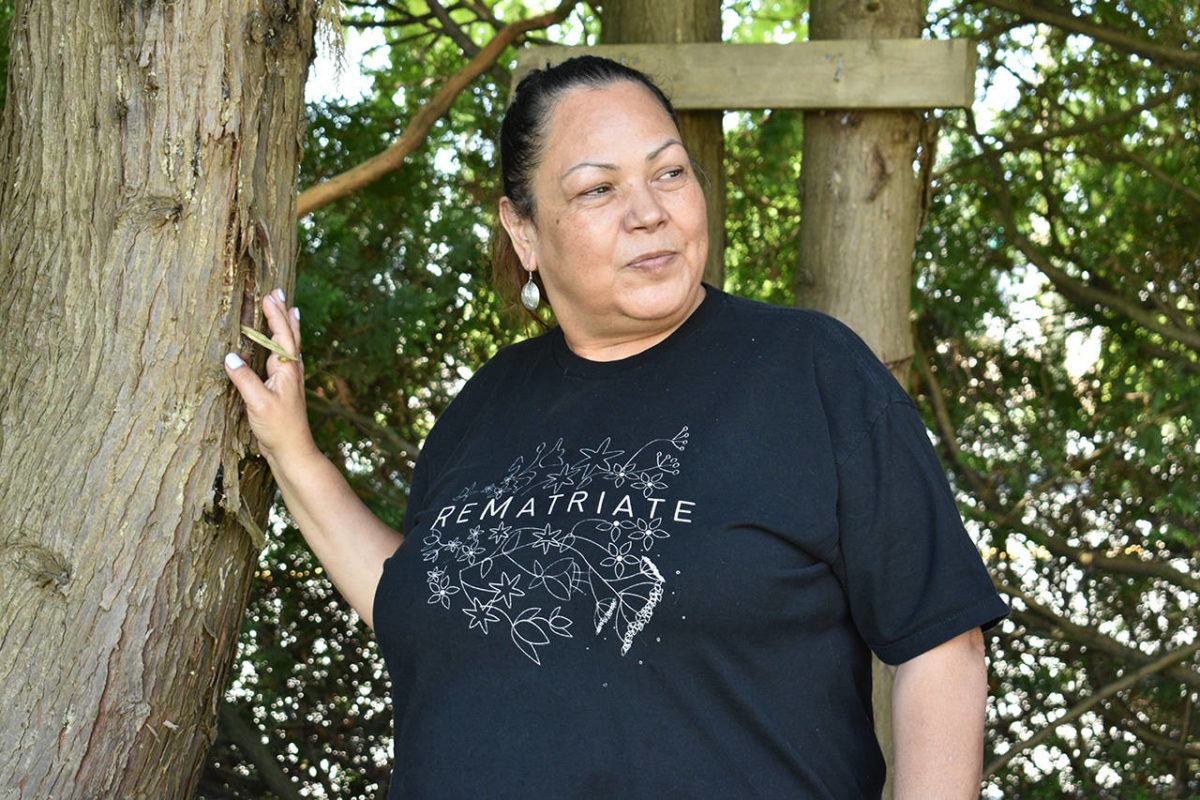
Rosemary Georgeson
Rosemary Georgeson is a Coast Salish/ Sahtu Dene Woman born and raised into a commercial fishing family and raised up on Galiano Island. As a young single mother, she worked on her family’s fish boat to support my 2 of her 3 daughters. It was a normal way of life for her. This is where she got most of her training for what she does today in her work and professional life. The teachings she has received out there on the water and the land that she comes from have supported me in the work that she does in the community and in the arts today.
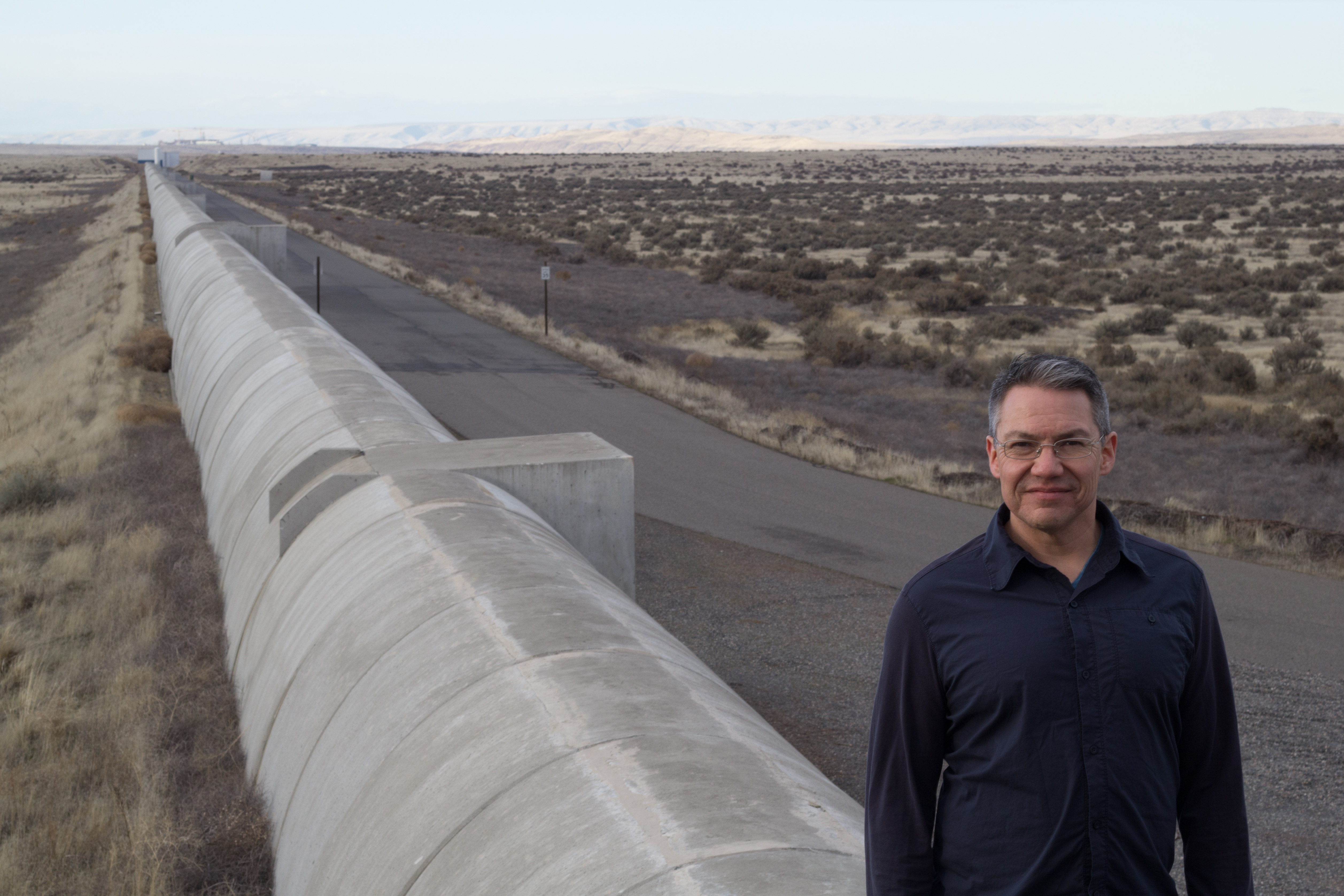
Corey Gray
Corey Gray is a member of the Siksika Nation of Alberta. He grew up in southern California and received Bachelor of Science degrees in Physics and Applied Mathematics from Humboldt State University (HSU). After undergrad, he was hired by Caltech in 1998 to work for the astronomy project, LIGO (Laser Interferometer Gravitational-wave Observatory) in Washington state. At LIGO, Corey worked on teams to both build and operate gravitational wave detectors. He is currently the Lead Operator at the observatory in Washington state. The LIGO Scientific Collaboration (LSC) made big news in 2016 by announcing their first direct detection of gravitational waves.
T’uy't'tanat- Cease
T’uy't'tanat- Cease is an interdisciplinary artist who works with new media and interdisciplinary arts as well as community engagement and public art. Cease is a Coast Salish ethnobotanist and is an emerging cedar and wool weaver with a textiles art practice that includes plant and other natural dyes. She is a member of the Aboriginal Writers Collective West Coast and lives in East Vancouver.
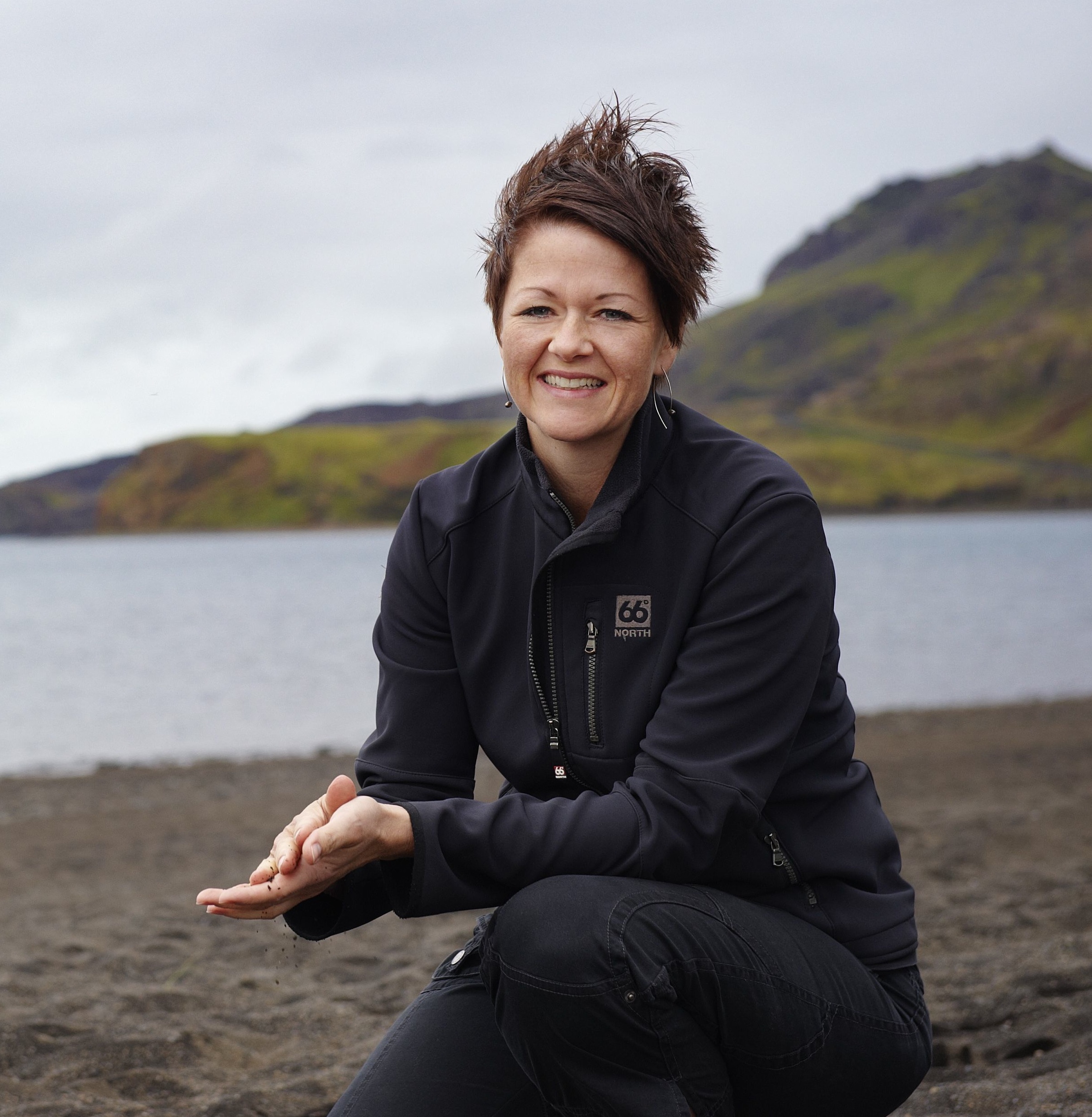
Rikke Pedersen
Rikke Pedersen was born and raised in Denmark. After obtaining a Cand. Scient. in Geology from Aarhus University, she moved to Iceland in 2000 to study active volcanoes. She obtained a Ph.D. in Geophysics from the University of Iceland in 2004 and has since 2008 been the leader of a Nordic Research Center on volcanological processes at the University of Iceland.
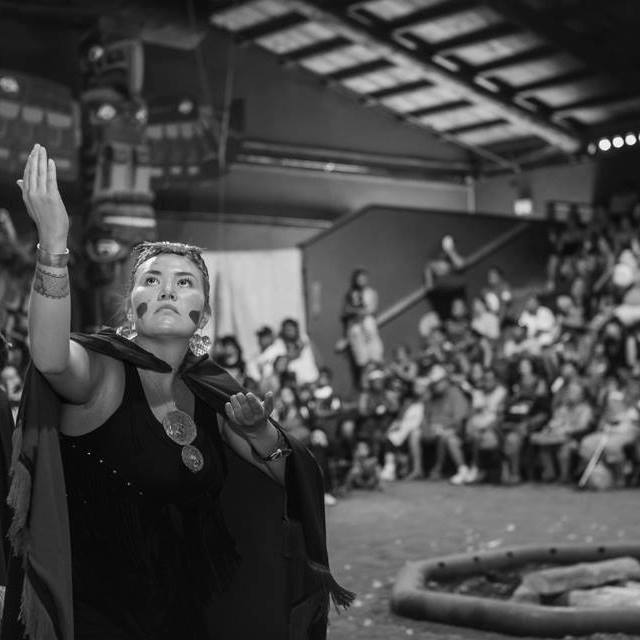
’Qátuw̓as Jessica Brown
’Qátuw̓as Jessica Brown explores the relationship between Indigenous knowledge and Western science through her relationship to place and work with academic researchers. As society is attempting to drive forward with reconciliation and response to climate change, it is important to learn from evidence-based knowledge that has been built over generations. By examining our relationship with the lands and waters, of which Indigenous and non-Indigenous people are part, she urges for a reconsideration of how society frames the management of, and our interactions with, the natural world and all non-human life. ’Qátuw̓as (pronounced Gahtuwos) Jessica Brown has worked with Ocean Networks Canada, the University of British Columbia and now resides in her Heiltsuk homelands in the community of Bella Bella located in the central coast of British Columbia. She is proud of her Heiltsuk and Nuu-chah-nulth roots that continue to ground her in her work with Indigenous communities, environmental organizations, and scientific facilities. She holds a degree in Environmental and Indigenous Studies from the University of Victoria. Currently, working for Heiltsuk Tribal Council as the Communications Coordinator she is working hard to have the Heiltsuk perspective at the forefront of a Heiltsuk based agenda.
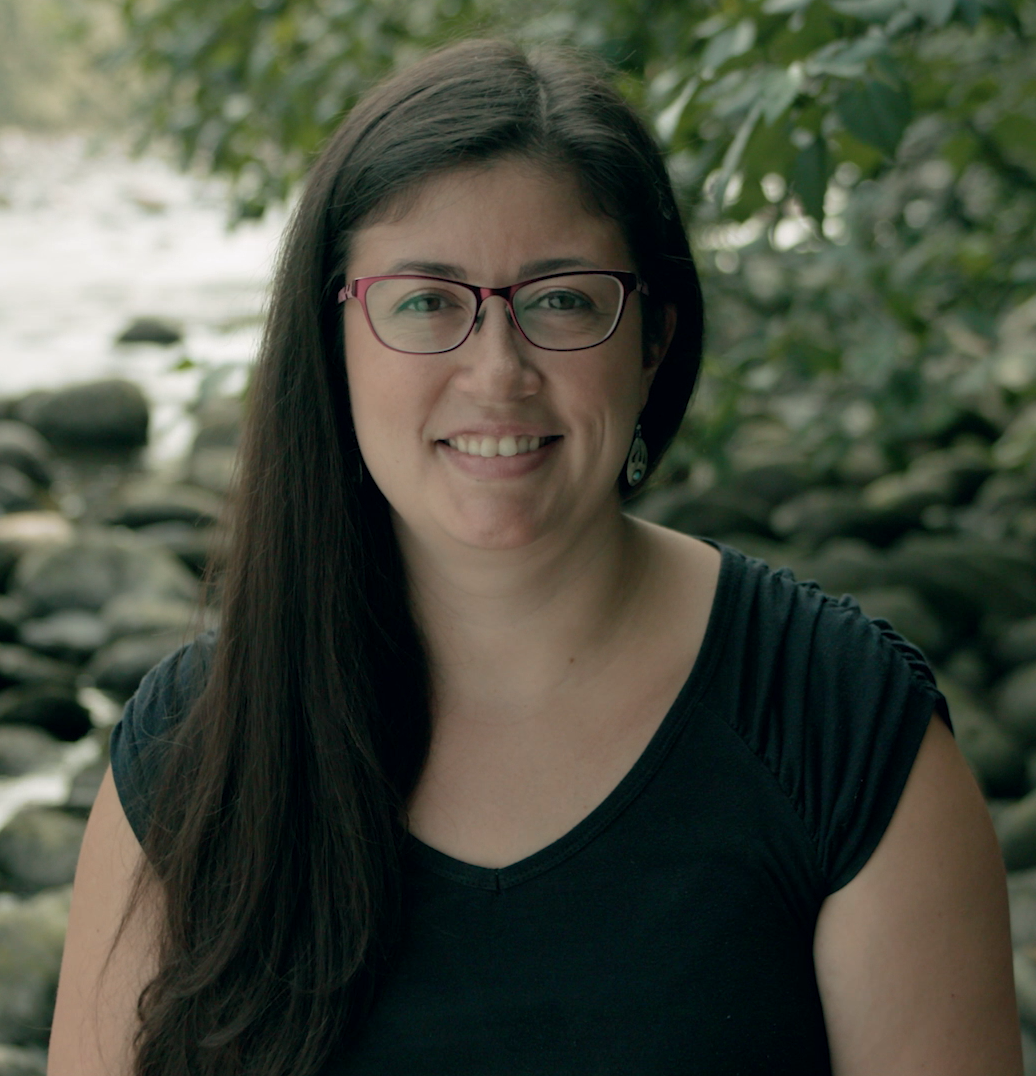
Emily Missyabit McAuley
Emily Missyabit McAuley is a member of Lake Manitoba First Nation. She received an M.Sc. in Biology from Carleton University in 2009. Her M.Sc. project investigated why an animal would use more than one sexual signal, using field cricket as a model organism. She is currently finishing a Ph.D. in Biological Sciences at Simon Fraser University. Her Ph.D. project investigates whether the introduction of fish into historically fishless mountain streams decreases the availability of an important breeding resource, stream insects, to harlequin ducks. Fish may compete with harlequin ducks for insect prey or may induce anti-predator behaviours such as hiding or decreased daytime activity, making them more difficult for harlequin ducks to access. Click here for more information on her research activities. Emily has also been working in the Science and Technology Branch of Agriculture and Agri-Food Canada (AAFC) since 2016. In October 2017, she took on the role of Indigenous Liaison Scientist in the newly established Indigenous Support and Awareness Office. Her role includes acting as a link between Indigenous communities and AAFC scientists, as well as overseeing the development of an Indigenous Agriculture Education Program, designed to increase the capacity of the department to support Indigenous agriculture. She also supports AAFC’s Indigenous Student Recruitment Initiative, launched in 2016 to encourage Indigenous youth to consider careers and gain job experience in the sciences. She is also a Co-Chair of AAFC's Indigenous Network Circle, which fosters networking and encourages consultation with Indigenous employees
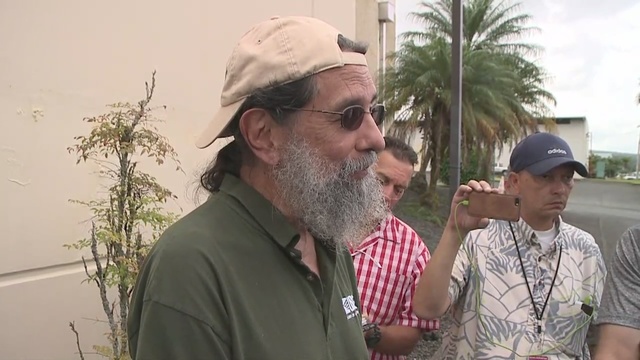
Jim Kauahikaua
Jim Kauahikaua was born and raised on the Oʻahu. Jim was always interested in puzzles, in science, and in the outdoors. After graduating from Kamehameha Schools in Honolulu, he attended college in California where he learned the basics of geology and computer programming. During his high school and college years, his family occasionally visited his aunt’s family on the Island of Hawai`I where his uncle managed the Volcano House hotel at Kīlauea Volcano. College and the experience of visiting Kīlauea volcano provided a good background and inspiration for continuing graduate studies in Hawaiian Volcanoes at the University of Hawai`i where he eventually received a Ph.D. While working on these advanced degrees, he got a job with the U.S. Geological Survey and helped them with studies of Kīlauea Volcano on the Island of Hawaiʻi learning about lava flows and lava lakes. After he finished his studies, he was hired by the Hawaiian Volcano Observatory which monitors the activity at all Hawaiian volcanoes. Jim continued to study active lava flows, lava tubes, and lava lakes and the dangers that came with them. For about 10 years, he was the Director or Scientist-in-Charge of the Observatory before finally going back to researching the details of older eruptions using old English- and Hawaiian-language newspapers and other historical texts. During the most recent spectacular activity of Kīlauea volcano during the summer of 2018, Jim was the liaison between the Hawaiian Volcano Observatory and the Hawaiʻi County Civil Defense agency.
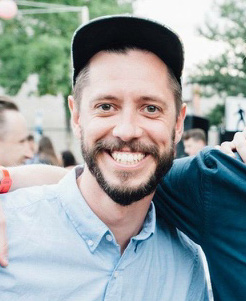
Aubrey Tennant
Aubrey Tennant is a Métis video game designer and producer currently working on Stela (Xbox, PC) at Skybox Labs (Vancouver). Previously he has worked on Pac-Man Bounce (iOS, Android) at Bandai Namco, Hello Kitty at Hyper Hippo (Kelowna) and World of Thingies (iOS, Android) and The Powerful: NYC (iOS, Android) at DeNA. Before he graduated the Game Design Program at Vancouver Film School (VFS) and got into making games, he was an actor, stand-up comedian, and live-producer for 10 years. In 2000 he founded the live-comedy series The Laugh Gallery (Vancouver) then went on to produce Artsy Fartsy (Montreal), and Scum & Villainy (NYC), and he has performed at venues and festivals across North America. As an actor, he performed in TV shows Eureka(Syfy), Blood Ties(Lifetime), Whitest Kids U’Know(IFC), Fairly Legal(USA Network) and several TV commercials. For movies, he had a title role in Zach and Avery, a lead role in That One Night, and a small part in Scary Movie. In his spare time, he writes and produces his own music and watches science videos.
He was born in Chilliwack BC, attended Elementary school at Parkway, in Penticton BC, and went to high school at Rick Hansen Secondary in Abbotsford BC. He is the youngest of a family of six and loves spending time with his wife, pets, and family more than anything.
He was born in Chilliwack BC, attended Elementary school at Parkway, in Penticton BC, and went to high school at Rick Hansen Secondary in Abbotsford BC. He is the youngest of a family of six and loves spending time with his wife, pets, and family more than anything.

